“The classic dichotomy between nature and art is dissolving – artefacts are replaced by biofacts and man is now creating what was classically understood as nature” – Andreas Greiner, 2017
Interrogating the presence of living animals in art is no easy task. The immediate reaction, myself included, is one of outright rejection and horror. First there are ethical questions raised – isn’t this just an intellectualised form of cruelty against animals? At a time when we are seeing circuses and zoos turn away from living animal performances, one would expect the debate to be much the same in the case of art and art institutions. Yet upon further reflection people’s anger seems to quell, giving voice to hitherto unanswered theoretical questions on the very nature of (bio)art. Who has authorial power in these situations? How does our reaction change to the ‘non-human’ when we are confronted with birds, ants, and butterflies in a gallery space? And most importantly, are activists’ efforts to inhibit the use of living animals problematic in their censorship of artistic freedom?
Whilst I cannot promise to convince hard-line animal rights advocates that animals can be art, I can aim to showcase why the issue should not be discussed in absolutes. This article urges you to open up to the possibility that each case is dependent on context, and to have faith that artists and institutions alike are sensitive to animal welfare.
The Legalities
There are a few things that must be stated in order to understand the bigger picture of this debate. The use of living animals in art, design and technological research is well-established, but the current spotlight on vegan activism has shifted the public opinion on how animals can be used and abstracted by humans. Increasingly people are actively mindful about their choices and how they have a personal responsibility for the welfare of animals, not just dogs and cats, but farm animals and endangered wild fauna. With this mindset, it may seem like the use of animals in gallery spaces will be labelled as inherently exploitative and problematic. What is often omitted in these arguments is the strict legal protection that animals have. In the United Kingdom for example, the Government Board for Environment, Food and Rural Affairs have put together a comprehensive thirty-page regulation and procedure guide last updated in 2018, which details exactly how and when animals may be used for exhibition purposes. It clearly outlines that each case will be assessed by an animal welfare inspector who assesses the living conditions and health of the animals with attention to species-specific requirements before they are allowed to be exhibited. Similar regulations are in place in the United States under the 1966 Animal Welfare Act, although these only offer protection to certain animals and there are minor differences in how states enforce this law.
On the surface then, it seems that concerns over potential mistreatment are unfounded. Well, it appears that a lot depends on the context of which gallery space houses the live animals and on the measures the institutions take to inform their visitors of the animals’ living conditions. When visitors choose to not trust that welfare-laws are being honoured, it is an indication that artists, art institutions and even government bodies need to be more transparent about the specific measures that are taken to protect the animals within an artistic environment. The following case-studies exemplify precisely why we need an open and neutral discussion about animals in art, encouraging hegemonic groups to continue improving meanwhile questioning our own biases.

The Dilemma
Damien Hirst’s 2012 installation at the Tate Modern, titled In and Out of Love consisted of butterfly pupae and adult specimens kept in an exhibition space that visitors could enter freely. In a turn of events however, Hirst and the Tate Modern were condemned by RSPCA when figures were released that on a weekly average, 400 of the exhibited butterflies died. At the time a spokesperson from Tate tried to disperse worries by clarifying
Perhaps this statement came too late after the damage had been done, and public opinion was already firmly established. However, I also expect that from the large number of boycotters, only a small minority were lepidopterists (that is a person who studies butterflies). It therefore seems that there is an unfair bias against the Tate Modern at work here, especially when compared to another famous museum institution in London. One of the main attractions of the Natural History Museum is their tropical butterfly house. It could be argued that the Natural History Museum provides better pre-emptive information to visitors about proper butterfly-handling etiquette before entering, but why are we reluctant to believe the same care wasn’t taken by the Tate Modern when they housed In and Out of Love? Not to mention that there is no absolute guarantee for the butterflies’ safety in the Natural History Museum either.What sets the two institutions apart is that one is advertised as a museum of the natural world, i.e. the butterflies fit into their exhibition-profile, whereas an art gallery is perhaps the last place one would expect to encounter animals. Such strict demarcations and attempts to uphold the museum / gallery duality are nevertheless counterproductive because they are limiting to the creative freedom of artists and institutions alike, inhibiting them to explore the grey-area of human and animal relationships.
When we allow the use of animals in one museum context, we cannot gatekeep art-specialist galleries from doing so too.
What are animals doing in a gallery?

This interspecific power relation is clearly an interesting idea to explore and many artists are doing so in humane ways. German artist Andreas Greiner views animals as collaborators on his projects. In 2012 he purchased a container of maggots and left them to develop into flies in the gallery space, titled Every Fly is a Piece of Art. His intention was to bring nature into the white-cube gallery, giving back the control to the animals and to nature in a sanitised space dedicated completely to the celebration of human creativity and artistry. Making the visitor confront maggots – animals which are often labelled as ugly and repulsive – in a space where they expect to see visually appealing things is to question the very definition of art and the art gallery space. It is a subversive act because he elevates an undesirable part of nature to the position of art. In doing so, this artwork could prove as the starting point for a conversation about honouring the existence of creatures who are often side-lined even by animal rights activists, thereby expanding the scope of the animal rights movement.

Of course, not all attempts work as effectively. Navin Thomas is an Indian artist whose work aims to uncover the effect of artificial sound either generated or broadcasted electronically on insects, birds and humans. As part of this series in 2012, he used pigeons for a sound installation piece. The birds were kept in an empty room where they could only sit on the ground or land on a copper wire perch that was connected to a giant antenna. When the pigeons made contact with the wire the room would become awash with radio chatter and white noise sometimes audible to the human ear and sometimes only detected by the birds. This would make them fly up until they got too tired and had to sit down again, at which point the cycle began again. It comes as no surprise to anyone that this is detrimental to the pigeon’s auditory health and is bordering on animal cruelty – in fact, the artwork was directly violating the laws of the Animal Welfare Board of India by not seeking permission to use live animals and not getting an evaluation on their living conditions as part of the installation. Luckily, such obvious mistreatment seems to be the exception and not the rule. With the gallery-going public becoming more educated on issues of animal rights, and institutions’ willingness to respond to criticism, there hopefully won’t be a repeat of this error.

Intriguingly for the continued exploration of what drives vehement negative responses from the public is the observation that the biggest uproar almost always surrounds animals that can be considered conventionally cute. There were no complaints regarding the maggot’s welfare in Greiner’s work, nor was there an outpouring of hate for Elizabeth Demaray’s Corpor Esurit, or We All Deserve a Break exhibited in 2013. In this installation, Demaray moved a population of ants into the gallery, where they lived in a glass tank. They were fed fast food from McDonald’s for the duration of one month, allowing visitors to see into the private world of the ant colony, especially how they navigate their lives around this food source. The artwork considers the impact of the industrial food sources on us humans too, since ants are often dependent on us and our modes of food production for sustenance. Visitors were encouraged to participate in observing the ant’s foraging behaviour by drawing diagrams further building on the complex connection of ants and humans acting as a tool for scientific education as well as an installation to be visually appreciated. Demaray issued a disclaimer alongside the installation to state that
“The ants, in the Copor Esurit installation came from a commercial ant farm supplier. During the exhibition they tunnelled, foraged and made good food choices. The life span of the ants in the installation’s habitat was carefully measured and was, on average, longer than that of ants in a commercial ant farm.”
Perhaps beyond a lack of emotional bonding with ants from the visitors, it was also her transparency which stopped potential outcries of animal abuse. If that is the case, this is an example to be followed by all artists who wish to exhibit animals in the future.

The Dilemma – Revisited
The bottom line is that living animals are already being used in art, for the most part in a way that honours their welfare and abides to local legislation. Trying to ban artists from using living animals in their works is not only problematic because it limits their creative freedom, but it also disregards the larger function of these works as educational tools or aids to scientific research. Prohibiting these types of artworks would directly imply that artists do not have a place in social and scientific advancement, that their works cannot function in culturally significant ways, they should not make the viewer confront fundamental ethical questions. In short, that definition of art would only encompass a backdrop of visually appealing objects. Has this made you think about why an outright rejection of the debate is a dangerous position to take?
Of course, installation using animals must continue to be assessed by the relevant government body on a case-by-case basis. Starting an open and objective dialogue moves us ever closer to a future in which artists can continue to freely chart the animal-human relationship in a way that is safe for each participant and respects the animal, rather than exploit it. In fact, it is vital that there is a neutral and transparent platform which not only works to regulate art institutions but brings specialists, professionals and animal rights activists to join the conversation with legislators. Whatever your position is, the discussion starts now and it starts with you.
Article: Anikó Petri
More articles by the author HERE.



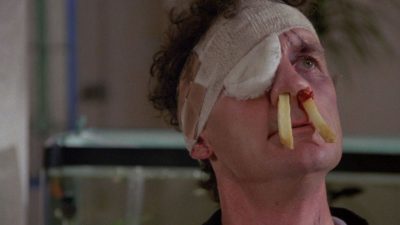

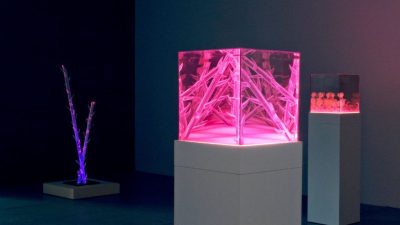
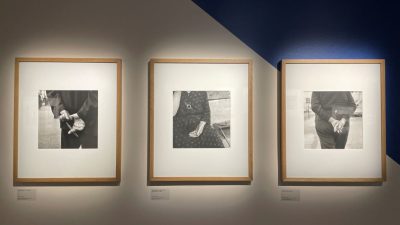
















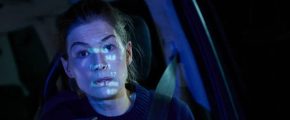
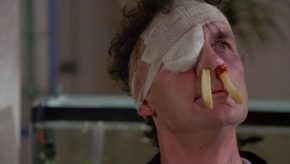

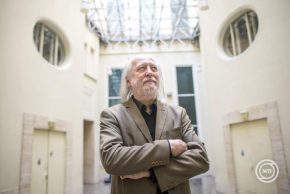
Comments